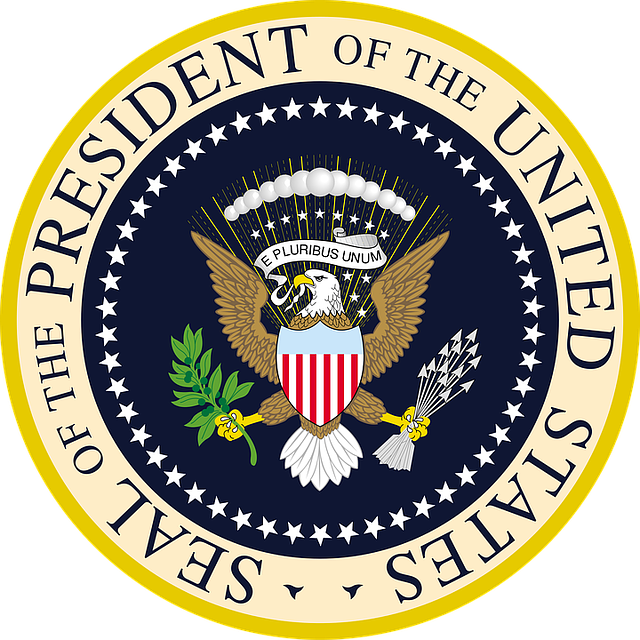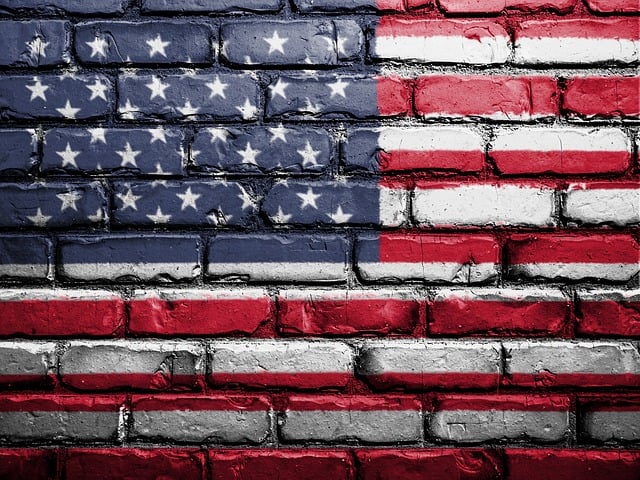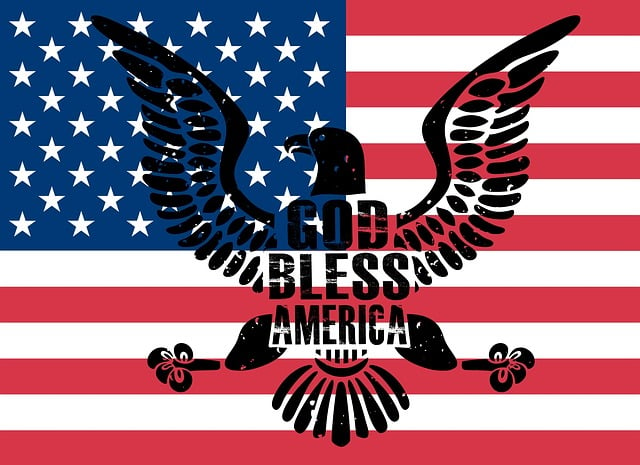Early American flags, particularly those tea-stained, are powerful historical artifacts that tell stories of revolution and unity. The tea-staining technique replicates natural aging through fabric treatment with tea, creating unique, rustic hues. This art form combines historical accuracy with skilled craftsmanship, preserving the nation's heritage. Each flag symbolizes courage, unity, and America's struggle for liberty, evolving over time while retaining symbolic elements. Authentic replicas are available from specialist stores and museums, offering both historical insight and aesthetic appeal, allowing collectors to proudly display a piece of America's enduring spirit.
“Explore the rich heritage of early American flags through authentic replicas that capture their historical essence. This article delves into the profound significance of these symbols, from their revolutionary origins to their enduring impact on U.S. identity. Discover the unique art of tea-stained flags, where natural dyes and rustic techniques evoke a sense of nostalgia. Learn about the materials, symbolism, and evolution of design that make each replica an authentic testament to America’s past. Find out where to appreciate these captivating pieces and immerse yourself in their story.”
- The Historical Significance of Early American Flags
- Tea Stained Flags: A Unique Artistic Expression
- Materials and Techniques Used in Replica Creation
- Uncovering the Symbolism Behind the Designs
- The Evolution of the American Flag: From Past to Present
- Where to Find and Appreciate These Authentic Replicas
The Historical Significance of Early American Flags

Early American flags hold immense historical significance, serving as tangible links to our nation’s founding and evolution. These vibrant symbols have evolved over time, reflecting changes in society, politics, and culture. Each era’s flags tell a story of revolution, unity, and diversity. For instance, the iconic Tea Stained American Flag, inspired by the Boston Tea Party, stands as a powerful reminder of resistance against taxation without representation – a cornerstone of American independence.
Beyond their political roles, these flags have played a vital part in fostering a sense of national identity and community. The colors, designs, and symbols woven into each flag have resonated with citizens, uniting them under a common cause. Preserving replicas of these historical banners allows us to connect with our ancestors’ struggles, triumphs, and aspirations – a testament to the enduring spirit of America.
Tea Stained Flags: A Unique Artistic Expression

The art of creating tea-stained flags offers a unique and historic approach to preserving the aesthetic of early American flags. This technique involves immersing or brushing a flag in tea, resulting in a subtle yet captivating discoloration that replicates the natural aging process. The liquid’s tannin content reacts with the fabric, creating a warm, rustic hue that is distinctively different from synthetic dyes. Each tea-stained flag becomes a one-of-a-kind piece of art, reflecting the individual character of its creation and the passage of time.
This method not only enhances the visual appeal but also provides a tangible connection to history. By recreating early American flags in this manner, enthusiasts and collectors can appreciate the original designs while embracing a traditional craft. The tea-staining process allows for a level of customization, enabling artists to experiment with various types of tea, immersion times, and fabric treatments to achieve unique effects. This artistic expression captures the spirit of the past while offering a modern twist on an iconic symbol, making it a fascinating addition to any collection of replica flags.
Materials and Techniques Used in Replica Creation

The creation of replica early American flags, such as the iconic Tea Stained American Flag, involves a meticulous process that combines historical accuracy with careful craftsmanship. Craftspeople often employ traditional materials and techniques to ensure authenticity. For instance, cotton or linen fabrics are commonly used for the flag material, chosen for their durability and ability to withstand weather conditions, much like the original flags that endured maritime voyages and outdoor displays.
In terms of technique, reproduction artists may utilize a range of methods. Hand stitching is often employed for intricate details, ensuring precise reproduction of historical patterns. Dyeing techniques, including tea staining, add depth and authenticity. Tea staining involves immersing the fabric in a mixture of tea and other natural dyes, creating a unique, aged appearance reminiscent of vintage flags that have seen years of use. This process requires skill and patience to achieve the desired hue and pattern, capturing the essence of early American flag-making methods.
Uncovering the Symbolism Behind the Designs

Unveiling the symbolism behind the designs of early American flags is like peeling back layers of a historical puzzle. Each intricate detail, from stars to stripes, holds profound meaning. Take, for instance, the iconic Tea Stained American Flag, a replica that captures the essence of our nation’s struggle and resilience. The faded hues and worn edges evoke the spirit of those who braved the waves, fighting for independence and freedom.
The tea-stain effect isn’t merely aesthetic; it symbolizes the famous Boston Tea Party, a pivotal moment in American history. This design choice serves as a visual reminder of our fight against tyranny and our commitment to liberty. Every stripe and every star tells a story—a tale of courage, unity, and the enduring spirit that defines America.
The Evolution of the American Flag: From Past to Present

The evolution of the American flag is a captivating journey that reflects the nation’s history and identity. From its earliest iterations, the flag has undergone significant transformations, symbolizing the growth and changes in American society. One iconic symbol that has endured is the tea-stained American flag, which represents the rebellious spirit of early colonists. This distinctive look, achieved through natural dyeing techniques, was popularized during the Revolutionary era, as patriots sought to create a unique and powerful statement against British rule.
As time progressed, the design evolved with each state’s admission into the Union. The addition of stars to the blue field mirrored the expanding nation, while the colors remained symbolic—red for valor, white for purity, and blue for perseverance. Today, while modern flags adhere to specific guidelines, the early American flag’s rustic charm and historical significance continue to captivate collectors and enthusiasts, inspiring replicas that pay homage to the past and serve as a reminder of America’s rich heritage.
Where to Find and Appreciate These Authentic Replicas

If you’re eager to get your hands on a authentic replica of an early American flag, there are several places to explore. Many specialist historical stores and online retailers offer a wide range of options, from beautifully crafted hand-sewn flags to detailed prints that showcase the rich history of American symbolism. For a truly unique experience, consider visiting museums dedicated to preserving historic artifacts, where you might find exhibits featuring original or replica flags from pivotal moments in US history. These institutions often provide informative context about each flag’s significance and its place in our nation’s narrative.
When perusing these replicas, keep an eye out for the charming imperfections that make them so special. Just as original Tea Stained American Flags from the Revolutionary era gained their distinctive hues naturally over time, many modern replicas embrace this aesthetic by intentionally incorporating tea-staining techniques to replicate the aged beauty of yesteryear. This attention to detail allows you not only to own a piece of history but also to display it with pride as a testament to our nation’s enduring spirit.
